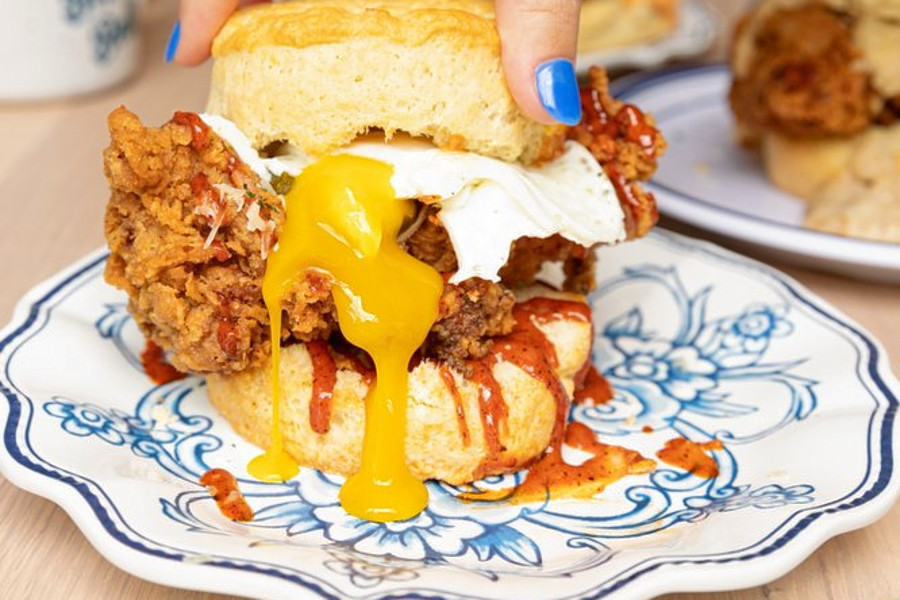
Spanish bizcocho, German Biskuit, Russian бисквит ( biskvit), Polish biszkopt.

In a number of other European languages, terms derived from the Latin bis coctus refer instead to yet another baked product, similar to the sponge cake e.g.

Biscuit belly cracker#
A biscuit is "any of various hard or crisp dry baked product" similar to the American English terms cracker or cookie, or "a small quick bread made from dough that has been rolled out and cut or dropped from a spoon". According to the American English dictionary Merriam-Webster, a cookie is a "small flat or slightly raised cake". Further confusion has been added by the adoption of the word biscuit for a small leavened bread popular in the United States. The words cookie or cracker became the words of choice to mean a hard, baked product. When continental Europeans began to emigrate to colonial North America, the two words and their "same but different" meanings began to clash. Another cognate Dutch form is beschuit, which is a circular and brittle grain product usually covered by savoury or sweet toppings and eaten at breakfast. The difference between the secondary Dutch word and that of Latin origin is that, whereas the koekje is a cake that rises during baking, the biscuit, which has no raising agent, in general does not (see gingerbread/ ginger biscuit), except for the expansion of heated air during baking. The Dutch language from around 1703 had adopted the word koekje ("little cake") to have a similar meaning for a similar hard, baked product. This term was then adapted into English in the 14th century during the Middle Ages, in the Middle English word bisquite, to represent a hard, twice-baked product (see the German Zwieback). This is because biscuits were originally cooked in a twofold process: first baked, and then dried out in a slow oven. The Old French word bescuit is derived from the Latin words bis (twice) and coquere, coctus (to cook, cooked), and, hence, means "twice-cooked". ĭutch speculaas biscuit in various shapes: ship, farmhouse, elephant, horse. "Tea biscuit" is also a standard Canadianism for the "North American" biscuit.

The Canadian Oxford Dictionary describes each word in reference to the other "biscuit" can mean "Brit.

In Canada, the term "biscuit" can simultaneously refer to what is commonly identified as a biscuit in either the United Kingdom or the United States.A Southern regional variation using the term " beaten biscuit" (or in New England "sea biscuit") is closer to hardtack than soft dough biscuits. Biscuits may be referred to as either "baking powder biscuits" or "buttermilk biscuits" if buttermilk is used rather than milk as a liquid. In the United States and some parts of Canada, a "biscuit" is a quick bread, somewhat similar to a scone, and usually unsweetened.The term "cookie" typically refers to only one type of biscuit (the sweeter baked dough typically containing chocolate chips or raisins) however, it may also locally refer to specific types of biscuits or breads. Biscuits in the United Kingdom, the Isle of Man, and Ireland are usually hard and may be savoury or sweet, such as chocolate biscuits, digestives, hobnobs, ginger nuts, rich tea, shortbread, bourbons, and custard creams. In most of the world outside North America, a biscuit is a small baked product that would be called either a " cookie" or a " cracker" in the United States and sometimes in Canada.North American biscuit (left) and a bourbon, a variety of British biscuit (right) – the American biscuit is soft and flaky like a scone whereas British biscuits are drier and often crunchy


 0 kommentar(er)
0 kommentar(er)
